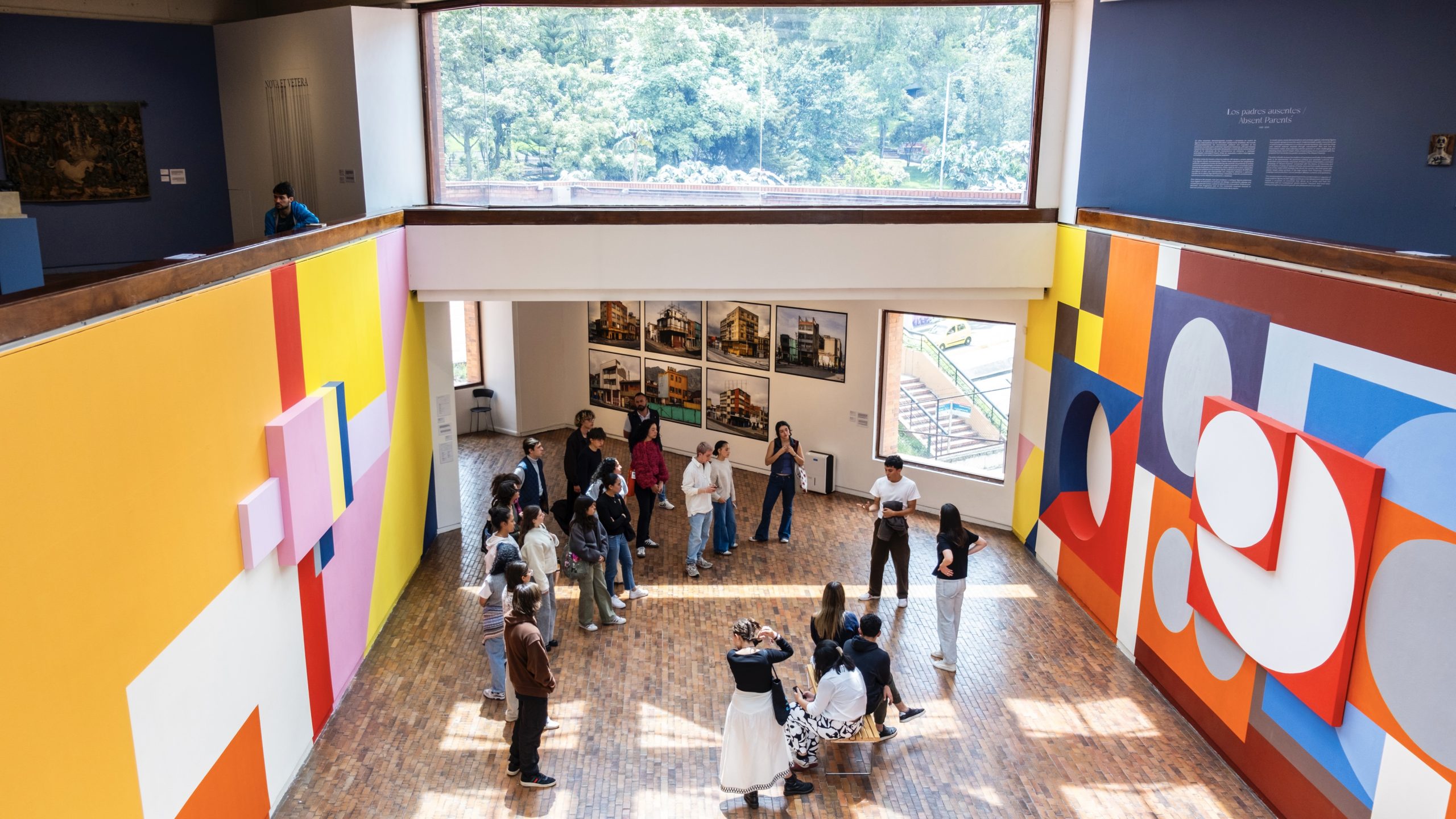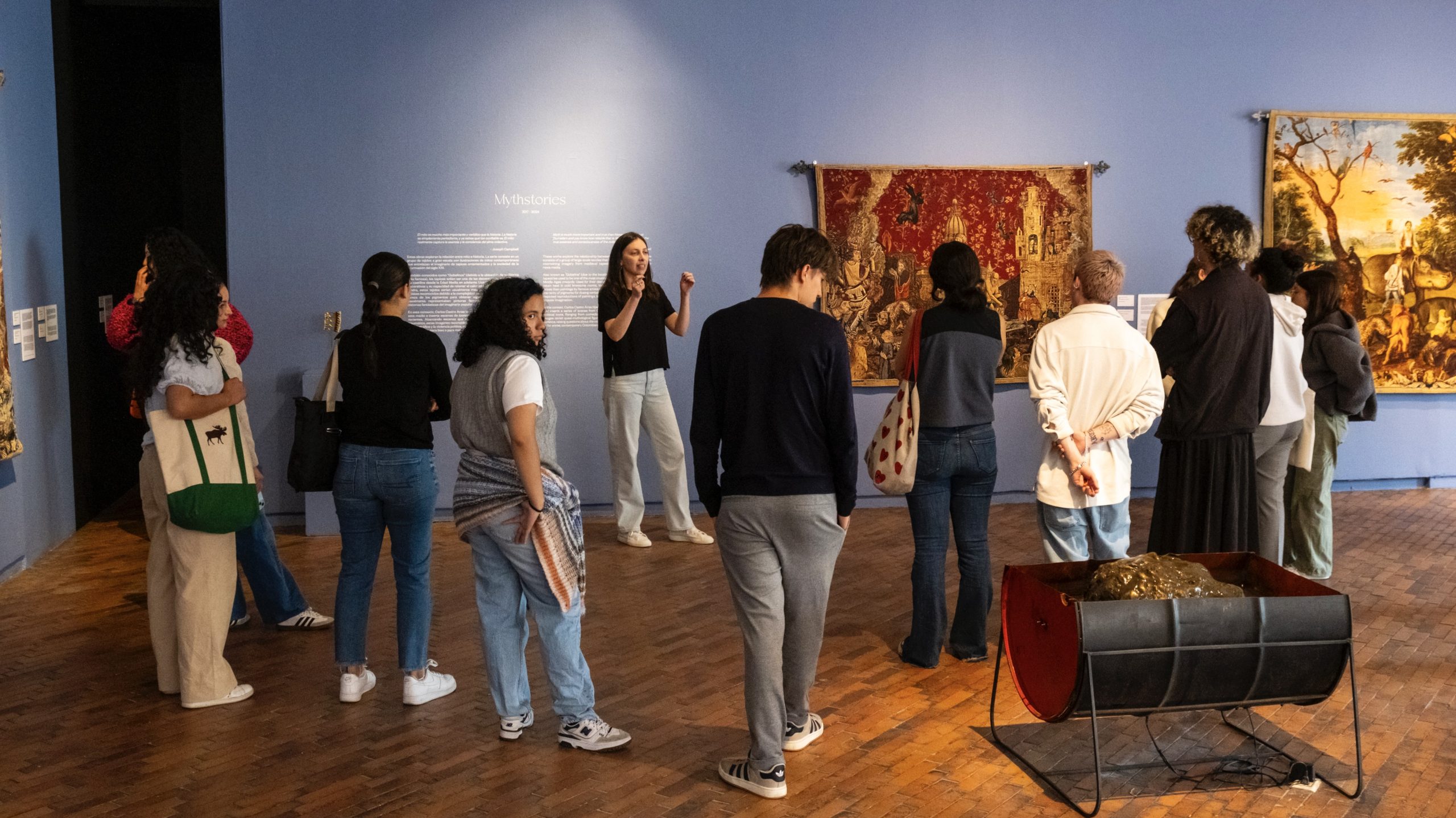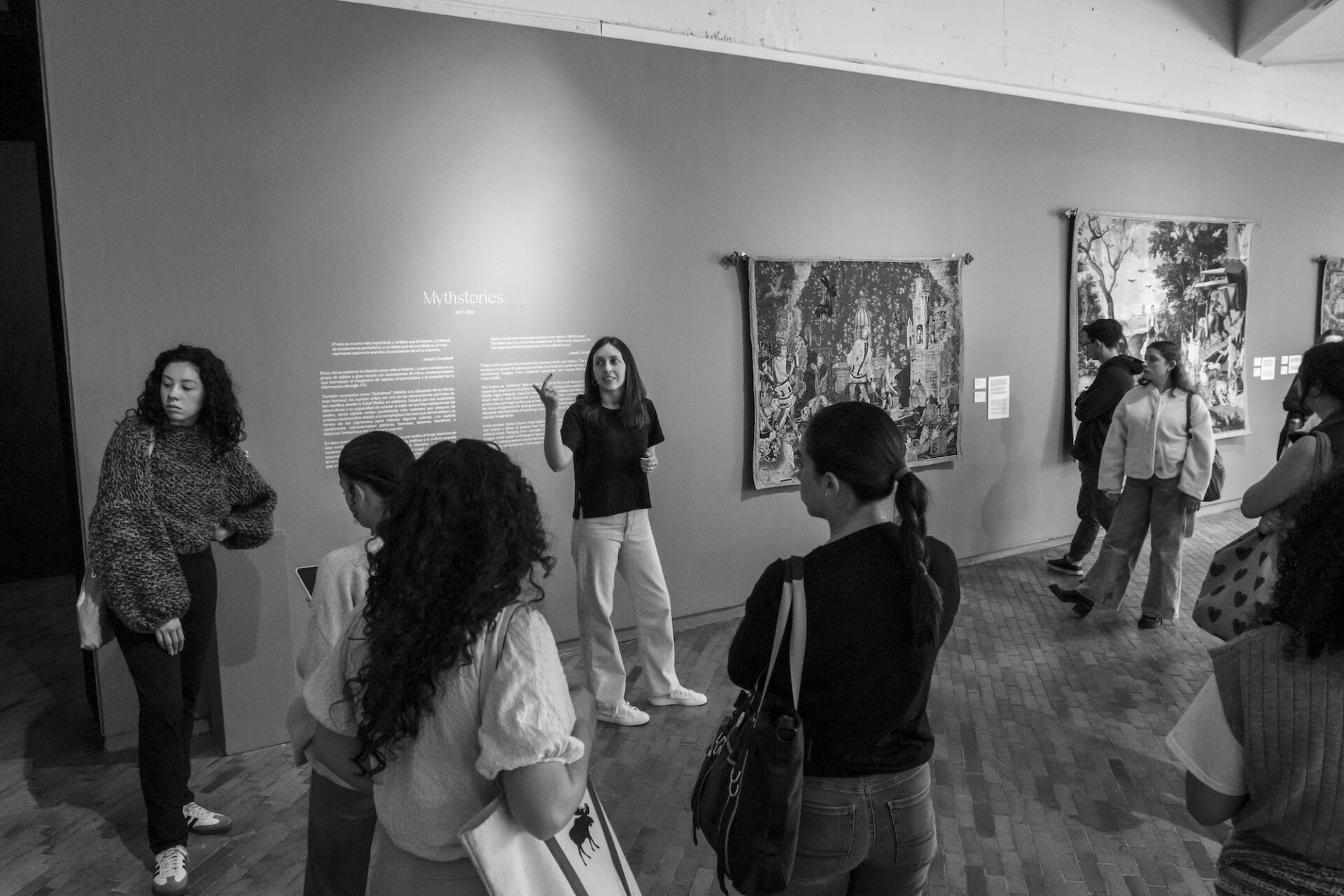
This study, led by Susana Vargas-Mejía (Colombia), explores how creative practices in art institutions can evolve and adapt in the 21st century, particularly in the aftermath of the pandemic.
On one hand, it examines the use of technology and immersive digital tools, especially in art museums and cultural institutions, and how these innovations create new opportunities for collaboration while enhancing audience learning experiences through public scholarly projects.
On the other hand, the project focuses on creating pedagogical spaces within museums and cultural institutions, offering emerging scholars opportunities to engage with and learn from art institution practices in new and diverse ways. To achieve this, Susana collaborates closely with cultural institutions and art museums to develop and evaluate projects in real-world settings. One key initiative involves the development of residency programmes, fostering deeper engagement between scholars and museum spaces.
The research aims to develop strategies for improving accessibility and diversity in learning, with the goal of creating teaching methodologies that have global applicability. By broadening access to educational and research experiences within cultural institutions, this initiative seeks to advance arts education and cultural engagement on a global scale.

Establishing the Research Centre at the Bogota Museum of Modern Art
In February 2024, Susana proposed establishing and coordinating the Research Centre at the Bogotá Museum of Modern Art (MAMBO). The Centre aims to offer opportunities for international and national artists, scholars, and independent researchers to engage with the MAMBO Collection, one of Latin America’s premier collections, and its exhibition programme. Its objectives include creating a dynamic platform to explore the impact of cross-cultural and international collaboration on art education, facilitating research on diverse cultural perspectives and artistic practices, and enhancing the museum’s role in the global cultural landscape.
A key initiative of the Research Centre is the first edition of its Residencies Programme. This programme focuses on the intersection of digital tools with artistic and investigative practices in museums. By inviting both national and international participants, the programme seeks to expand the reach and accessibility of the MAMBO Collection, enriching perspectives and contributing to the museum’s knowledge construction. Each residency will last for two months, from August to October 2024, with participants receiving a stipend of 3,000,000 COP / 1,000 CAD for their research-creation, supported by the Government of Canada’s New Frontiers in Research Fund.
Alongside the residencies, another significant project emerging from the Research Centre is Un-Archiving the MAMBO, which focuses on documenting, cataloguing, and digitising the museum’s photographic archive to improve public access. This initiative, in collaboration with undergraduate students from the Department of Art History at Universidad de los Andes, equips students with valuable practical skills as they participate in the archival process. These efforts will support various research and virtual projects by connecting the archive’s content with MAMBO’s digital audience, aiming to activate historical materials that are essential to understanding both the museum’s history and the wider context of Colombian and Latin American art.

University Courses
In the context of contemporary cultural institutions, the integration of digital technology is essential for enhancing public engagement and expanding access to art and heritage. Recognising this necessity, Susana has developed university courses aimed at bridging theoretical knowledge and practical skills, thereby preparing the next generation of museum professionals. The courses, Digital Museums: Mediation and Content Creation (H-ART2250) and Culture and Museums in the Digital Era, equip students and professionals with the essential tools to navigate and contribute effectively to this dynamic field. Through a blend of hands-on projects, collaborative learning, and critical analysis, these courses empower students to address contemporary challenges in the museum sector and foster meaningful connections between cultural institutions and diverse audiences.
Digital Museums: Mediation and Content Creation (H-ART2250)
This course explores the interplay between digital platforms and cultural institutions, focusing on the challenges and opportunities that museums encounter in the digital era. It combines theoretical and practical learning, with students analysing the impact of social networks and digital channels on public engagement with culture. The course culminates in a final project where students create digital deliverables—such as digital curation, podcasts, blog articles, or Instagram accounts—applying the knowledge and skills gained throughout the course.
Students’ work is showcased in the Community section of this website.

Culture and Museums in the Digital Era
Conducted at the Experimental School of Art and Humanities at the University of the Andes in Colombia, this course explored the transformative impact of the digital age on cultural engagement. The curriculum examined how the digital age has reshaped interactions with culture, focusing on topics such as the analysis of Net Art, the digitisation of collections, and the integration of social media and digital tools in post-pandemic cultural institutions. This project highlighted the significant influence of digital engagement on public participation, the formation of new audiences, and cultural mediation.
The course brought together students from various museums, facilitating valuable exchanges of ideas and practices. Participants included professionals in communications at the National Museum of Colombia, coordinators from the Virtual Museum Against Gender Violence in Cuba, representatives from emerging museums such as the Yale Historic Site in British Columbia, Digital Humanities professors from EAFIT in Medellín, and officials from the Ministry of Culture of Colombia.
Throughout the course, students developed practical projects aimed at implementation in their respective museums and cultural institutions.
Photos by Gregorio Diaz and Juan Yaruro. Courtesy of the Bogota Museum of Modern Art.